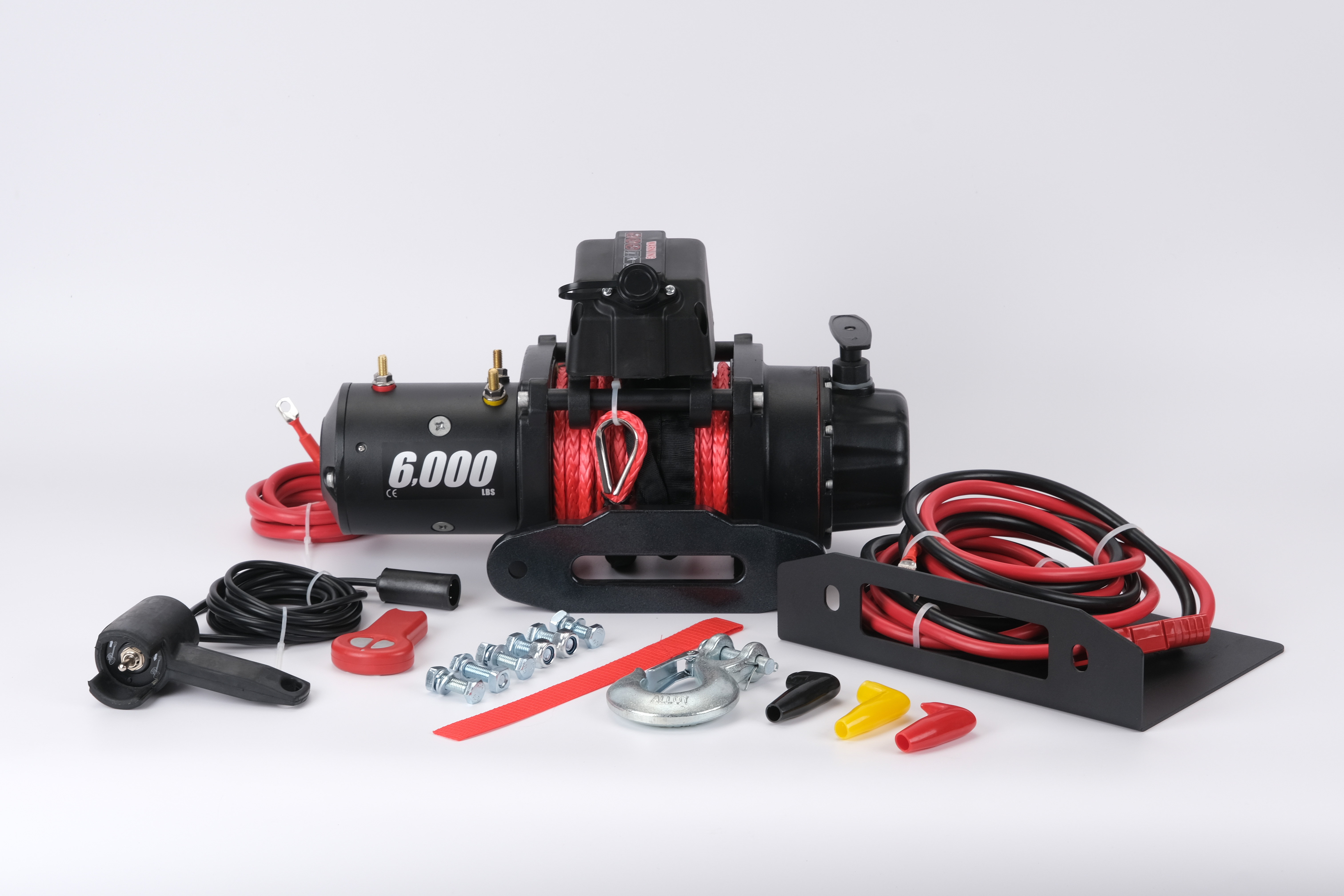Researchers at the Massachusetts Institute of Technology and Stanford University have recently announced a newly developed self-charging battery that can convert waste heat and geothermal energy into electrical energy. Scientists say that such batteries may be used in remote areas that do not have a power grid in the future. This achievement was published on the 17th in the United States "Journal of the National Academy of Sciences", by the research leader of the American Academy of Engineering, MIT professor Chen Gang and Stanford University professor Cui Wei completed. Dr. Yang Yuan, the first author of the research paper and MIT from the Massachusetts Institute of Technology, told Xinhua News Agency that ordinary batteries are charged by an external power source, but the new batteries they developed use the relationship between temperature and battery voltage in the “thermal regeneration electrochemical cycleâ€. Thermal energy is converted into electrical energy. "Commonly speaking, this type of battery is charged by changing its temperature." He explained that both heating and cooling can charge the new battery. In the case of experimental verification of the paper, when used, it is first discharged at room temperature of 20 degrees Celsius, and then the battery is heated to 60 degrees Celsius. The heating process is equivalent to charging the battery. The special feature of this battery is that it needs to be maintained at 60 degrees Celsius before the battery can continue to discharge. After charging, the battery is charged and cooled, and it can be used again after returning to 20 degrees Celsius. Yang Yuan said that the materials used to manufacture the two electrodes of the battery are very cheap, namely blue dye Prussian blue, and potassium ferricyanide and potassium ferrocyanide. Although potassium cyanide is highly toxic, it is stable with iron and has very low toxicity. He said that the battery is used in a heat environment of 100 degrees Celsius, including factory waste heat, geothermal heat, and temperature changes caused by sunlight, and its conversion efficiency is 1% to 2%, which is close to the conversion efficiency of thermoelectric materials in the same temperature range. For the application of such batteries, Yang Yuan said that it may be mainly waste heat recovery or the collection of heat energy in the environment. In addition, it can be used in areas that are remote from the power grid, such as deserts or tropical rain forests. However, he also stressed that the technology is still in the R&D stage and there is still a long way to go from practical application.
Compass machinery and electric Co,ltd has been offering winches for over 10 years. We offers both electric winches and hydraulic winches, and in order to serve our customer well, we sell winch accessories as electric winch hooks, electric winch ropes, hydraulic winch hooks, hydraulic winch ropes. winch synthetic rope, winch steel cable
electric winch hook,electric winch rope,hydraulic winch hook,hydraulic winch rope,synthetic rope,steel cable Suzhou DAO Material Technologies Co.,Ltd , https://www.dao-compass.com
